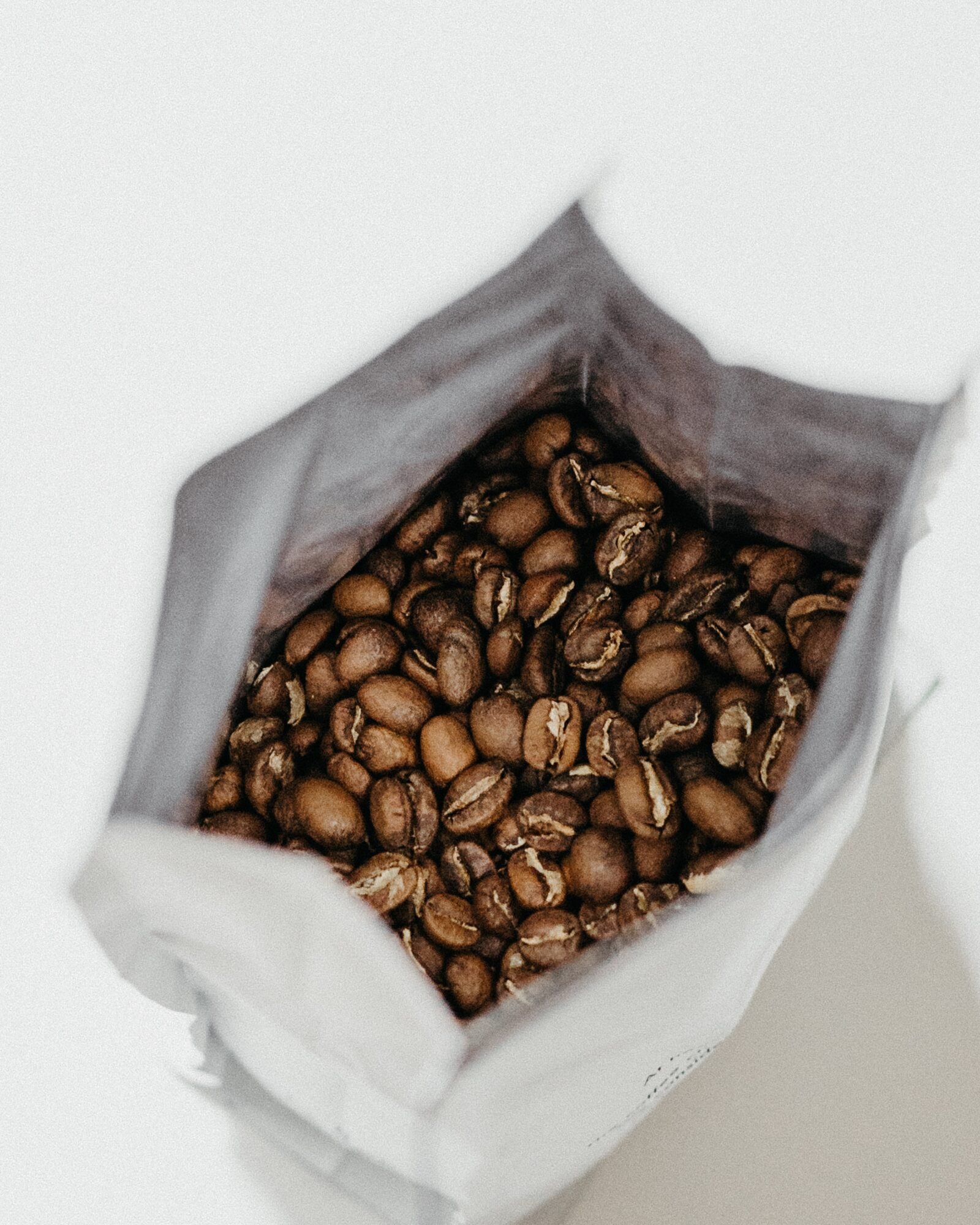Exploring the Richness of Sumatran Ground Coffee: A Comprehensive Guide
Sumatran ground coffee holds a special place in the world of coffee enthusiasts, renowned for its unique flavor profile, rich history, and distinctive production methods. In this comprehensive guide, we will delve into the origins, cultivation, processing techniques, flavor characteristics, and brewing recommendations of Sumatran ground coffee. As we explore the nuances of this aromatic beverage, the term “Sumatran ground coffee” will be consistently woven into the narrative to enhance its SEO visibility.
I. Origins and Geography Sumatran ground coffee:
Sumatra, the largest island in Indonesia, is home to some of the world’s most sought-after coffee beans. The region’s high altitudes, volcanic soil, and tropical climate create an ideal environment for cultivating Arabica and Robusta coffee varieties. The prominent coffee-growing regions in Sumatra include Aceh, Gayo, Mandheling, and Lintong.
Sumatran ground coffee is characterized by its unique terroir, which imparts distinct flavors and aromas to the beans. The volcanic soil of the region contributes to the coffee’s earthy undertones, while the high-altitude plantations enhance its acidity and complexity.
II. Varieties of Sumatran Coffee:
A. Mandheling:
Mandheling coffee, grown in the west-central region of Sumatra, is renowned for its full body, low acidity, and a complex flavor profile. The beans are often processed using the wet-hulled method, contributing to the coffee’s signature earthiness and syrupy consistency.
B. Gayo:
Gayo coffee, cultivated in the Aceh region, is celebrated for its vibrant acidity, herbal notes, and wine-like characteristics. The combination of high-altitude cultivation and traditional processing methods lends Gayo coffee a distinctive flavor that stands out among other Sumatran varieties.
C. Lintong:
Lintong coffee hails from the Lintong Nihuta region, and it is known for its medium body, bright acidity, and herbal nuances. The beans are typically grown at elevations ranging from 2,500 to 5,000 feet, contributing to the coffee’s well-balanced flavor profile.
III. Processing Methods:
Sumatran ground coffee undergoes unique processing methods that significantly influence its final taste. The two primary methods employed are:
A. Wet-Hulled Process:
This method, commonly used in Sumatra, involves pulping the coffee cherries, fermenting them briefly, and then removing the mucilage before drying. The beans are typically hulled when they still have a high moisture content, resulting in a distinctive flavor profile with earthy and savory notes.
B. Dry Process:
In the dry process, the whole coffee cherries are laid out in the sun to dry, allowing the beans to absorb the flavors from the fruit. This method enhances the body of the coffee and imparts fruity and wine-like notes. While less common in Sumatra, some producers opt for the dry process to create unique variations of Sumatran ground coffee.

IV. Flavor Characteristics:
Sumatran ground coffee is celebrated for its bold and complex flavor profile, encompassing a range of taste sensations. Key characteristics include:
A. Earthy Undertones:
The volcanic soil of Sumatra imparts a distinct earthiness to the coffee, creating a robust and grounded flavor that appeals to those seeking a full-bodied cup.
B. Herbal Notes:
Certain Sumatran varieties, such as Gayo and Lintong, exhibit herbal nuances that add layers of complexity to the overall flavor profile.
C. Low Acidity:
Compared to coffees from other regions, Sumatran coffee is often characterized by low acidity, providing a smooth and mellow drinking experience.
D. Syrupy Body:
The wet-hulled processing method contributes to the coffee’s syrupy consistency, giving it a velvety mouthfeel that enhances the overall drinking experience.
E. Chocolate and Tobacco Undertones:
Some Sumatran coffees showcase subtle hints of chocolate and tobacco, adding depth and sophistication to the flavor profile.
V. Brewing Recommendations:
To fully appreciate the unique characteristics of Sumatran ground coffee, it’s essential to choose brewing methods that complement its flavor profile. Consider the following recommendations:
A. French Press:
The French press allows the coffee’s robust flavors and rich body to shine, providing a full-bodied and immersive experience.
B. Pour-Over:
For those who appreciate a cleaner and more nuanced cup, a pour-over method can highlight the herbal notes and subtle complexities of Sumatran coffee.
C. Espresso:
Sumatran coffee can also be enjoyed as espresso, with its low acidity and bold flavor providing a unique twist on traditional espresso profiles.
Conclusion:
Sumatran ground coffee stands out as a true gem in the world of specialty coffee, offering a captivating journey through its origins, varieties, processing methods, flavor characteristics, and brewing recommendations. Whether you savor the earthy richness of Mandheling, the vibrant acidity of Gayo, or the balanced tones of Lintong, Sumatran coffee is a testament to the diverse and unique flavors that coffee enthusiasts can explore and enjoy. Embrace the allure of Sumatran ground coffee and elevate your coffee experience with each sip of this exceptional brew.



